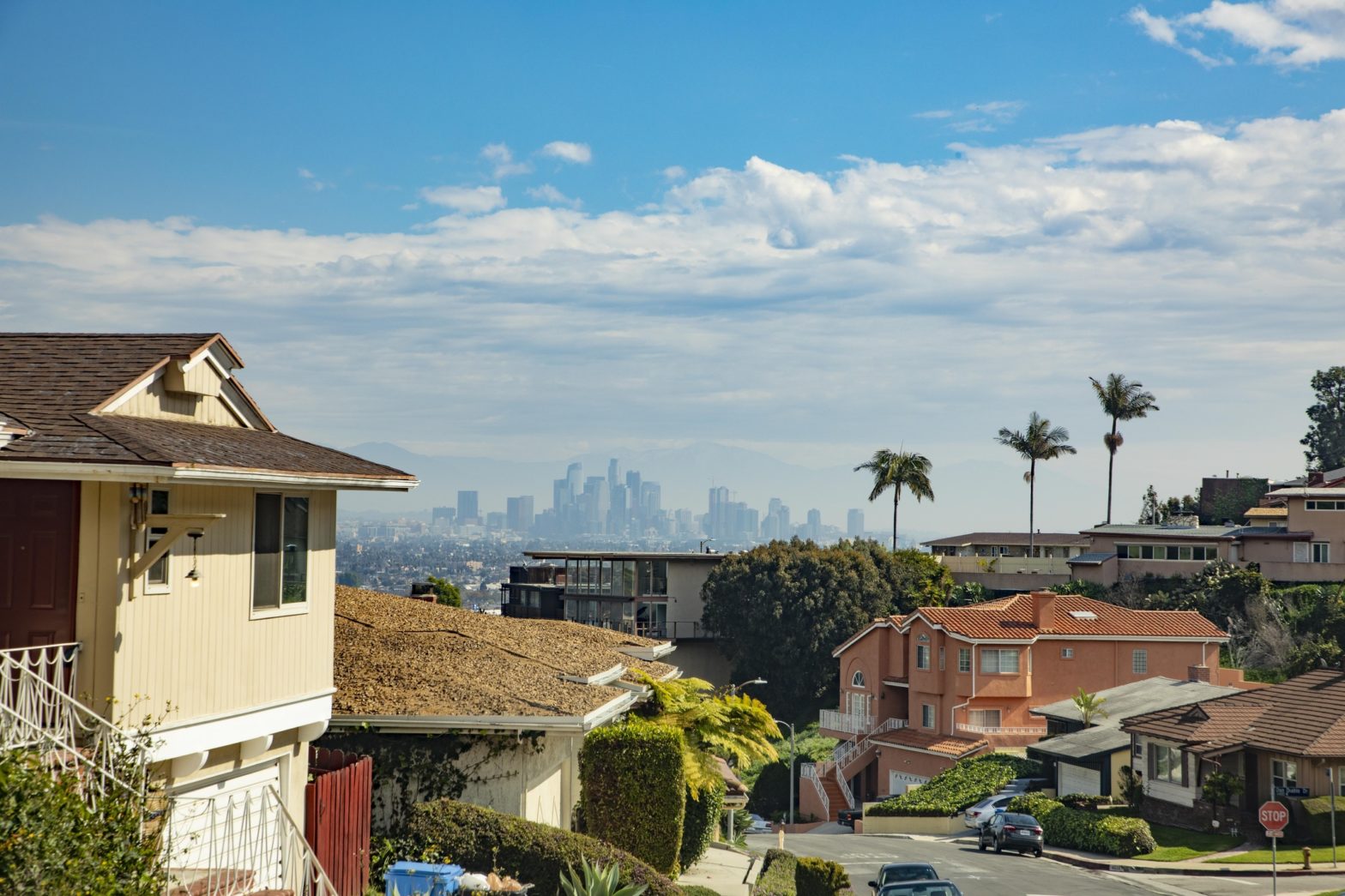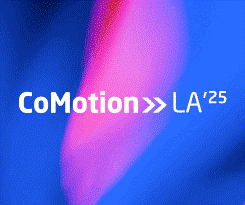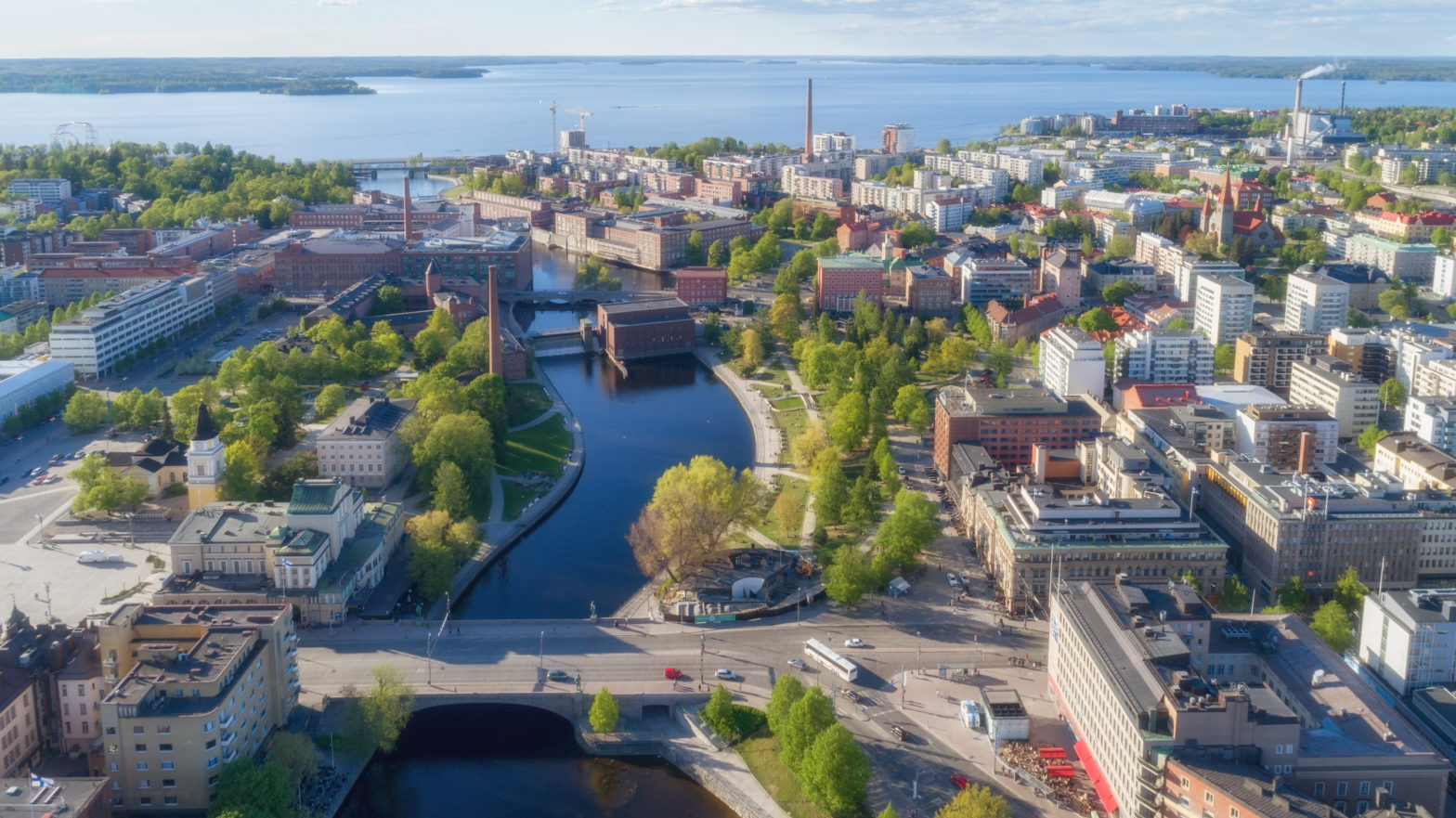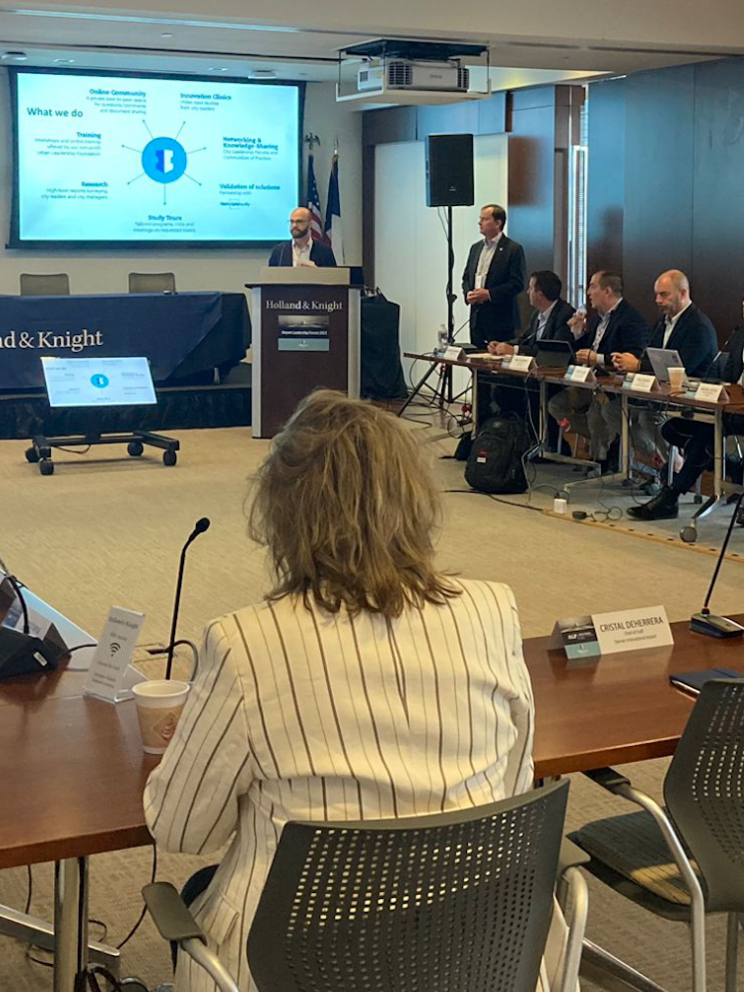
Street-light network powers LA’s public Wi-Fi
23 October 2025
by Jonathan Andrews
Los Angeles has launched a new free community Wi-Fi network powered by city-owned street-light infrastructure and fibre connections, bringing secure, high-speed internet to South LA’s Crenshaw Corridor.
The Crenshaw Community Connectivity Pilot–a collaboration between the City of Los Angeles, Cisco, Destination Crenshaw, the California Community Foundation, and Digital Equity LA.–aims to close long-standing gaps in digital access while creating a foundation for future smart city services.
Speaking to Cities Today, Gary DePreta, Senior Vice President, US Public Sector, Cisco, said the project demonstrates how collaboration and technical innovation can accelerate digital inclusion.
“Cisco partnered with the LA Bureau of Street Lighting to help the city leverage existing street lighting infrastructure for community Wi-Fi and as the backbone connectivity platform for future smart cities use cases,” he said. “Cisco worked with the LA Bureau of Street Lighting to bridge innovative technologies with existing infrastructure, such as integrating fibre to poles and deploying advanced wireless technology.”
Miguel Sangalang, Executive Director and General Manager, LA Bureau of Street Lighting, told Cities Today that the rollout has been a learning process that expands the Bureau’s capabilities.
“As part of the project, the Bureau installed 1.5 miles of fibre-optic conduit along the city’s public works right-of-way, using existing streetlights and power infrastructure to mount wireless equipment.”
While the Bureau’s infrastructure has long supported private 5G deployments, this project is distinct because the city owns and operates the fibre network itself.
“The main learning curve has involved building in-house expertise in fibre optics installation, splicing, and management, expanding the Bureau’s core competencies beyond conduit, poles, and electrical systems,” added Sangalang.
He said this deployment differs from typical city Wi-Fi projects because of its speed and adaptability and that the network has been designed to support future applications and multi-user traffic segmentation.
“[This paves] the way for partnerships with local organisations to add new features,” he said. “Early ideas include augmented reality public art experiences and Wi-Fi-based learning networks for education and training.”
DePreta from Cisco added that this approach shows how Los Angeles can use its existing assets more efficiently. “This deployment uniquely utilised LA Bureau of Street Lighting’s right-of-way and existing pole infrastructure, effectively transforming readily available city assets into a robust connectivity network,” he said. “Beyond providing a foundational connectivity backbone, this initiative is integral to broader community revitalisation efforts. It unlocks increased opportunities for residents and businesses along the Crenshaw Corridor.”
Image: Meinzahn | Dreamstime.com







